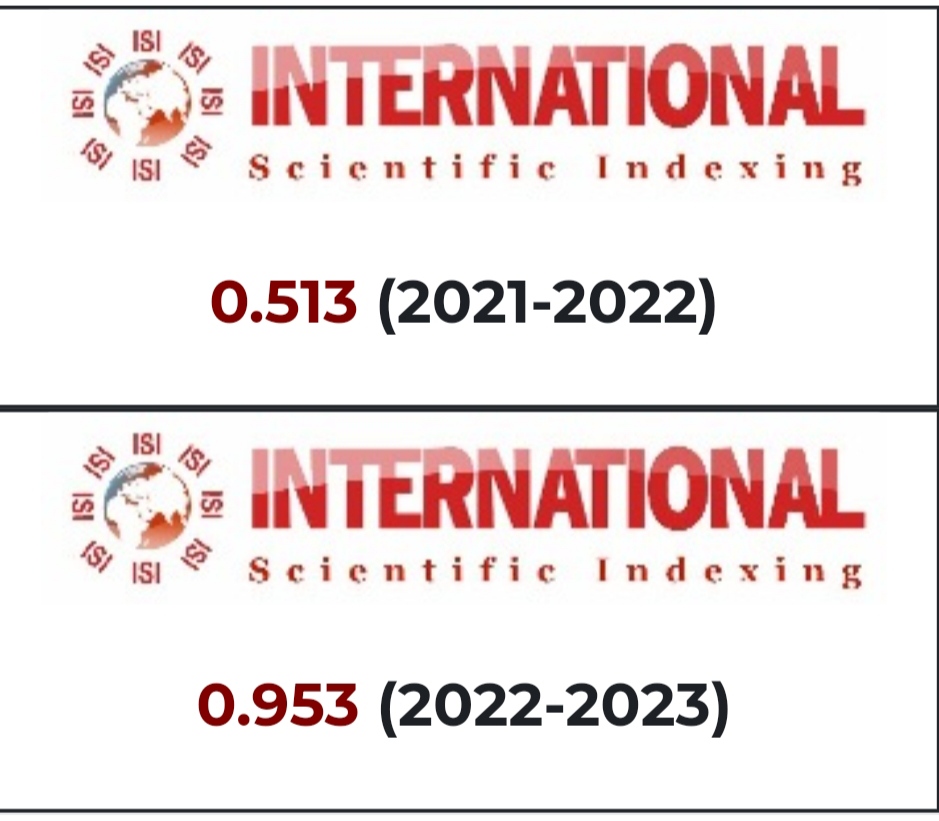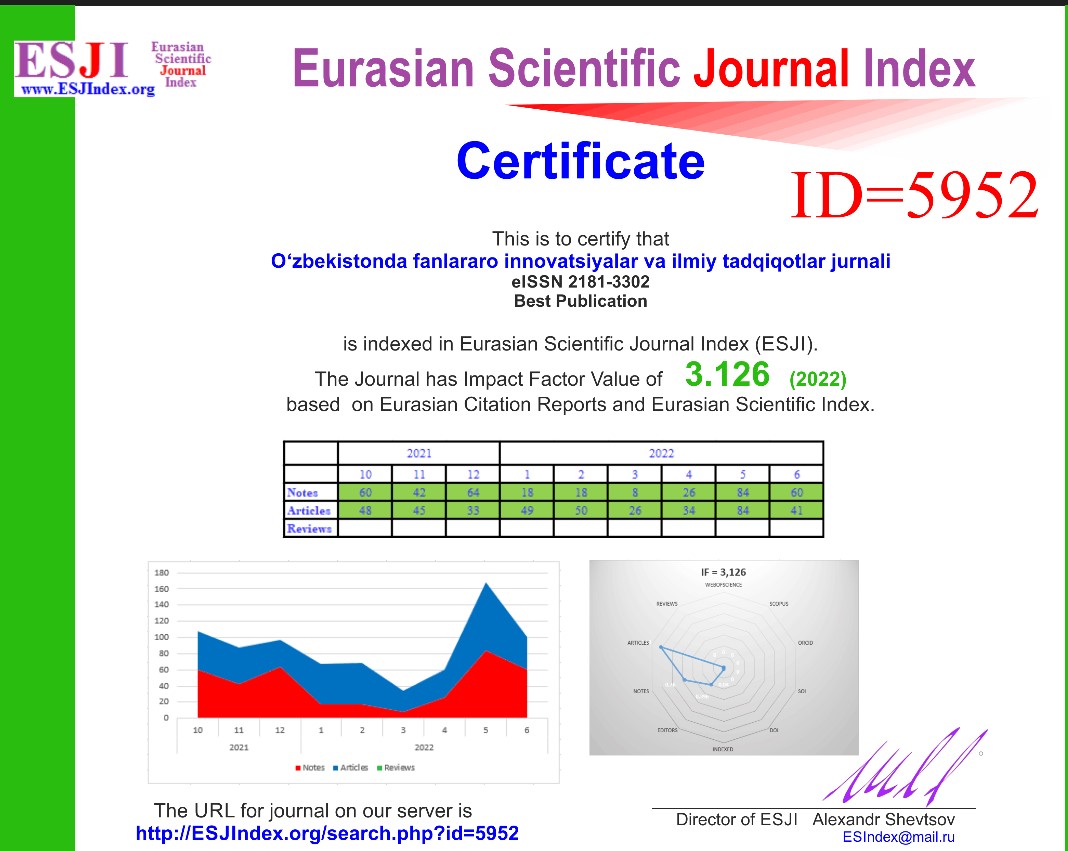PRINCIPLES OF COMMUNICATIVE COMPETENCE AND ITS PRACTICAL REFLECTION FROM THE EXPERIENCE
Abstract
Communicative competence (or communication skills) is one of the central prerequisites for successful medical practice, of this there is probably no serious doubt . However, there is less agreement whether and, if so, how communicative competence can be acquired . The answer to this question also depends on what we mean by communicative competence. In the literature, there is now a large number of explanatory models from various disciplines (e.g. medicine, psychology, sociology, linguistics, university didactics, communication sciences) that attempt to answer this question. This article devotes its content to answer the current issue.
We believe that it makes sense, particularly with regard to educational issues, to understand communicative competence as the situation-specific use of communicative skills . Thus, the scientific findings on the teaching, acquisition and testing of skills are also important for the sphere of clinical communication.
References
Nunan, David (1991-01-01). "Communicative Tasks and the Language Curriculum". TESOL Quarterly. 25 (2): 279–295.
J., Savignon, Sandra (1997-01-01). Communicative competence : theory and classroom practice : texts and contexts in second language learning. McGraw-Hill..
Bax, Stephen (2003-07-01). "The end of CLT: a context approach to language teaching". ELT Journal. 57 (3): 278–287.
Littlewood, William. Communicative language teaching: An introduction. Cambridge University Press, 1981, pp. 541-545
Mitchell, Rosamond (1988). Communicative Language Teaching in Practice. Great Britain: Centre for Information on Language Teaching and Research. pp. 23–24, 64–68..
Richards, Jack C. Communicative language teaching today. SEAMEO Regional Language Centre, 2005.
Richards, Jack; Rodgers, Theodore (2014). Approaches and Methods in Language Teaching (3nd ed.). Cambridge: Cambridge University Press. pp. 23–24, 84–85











